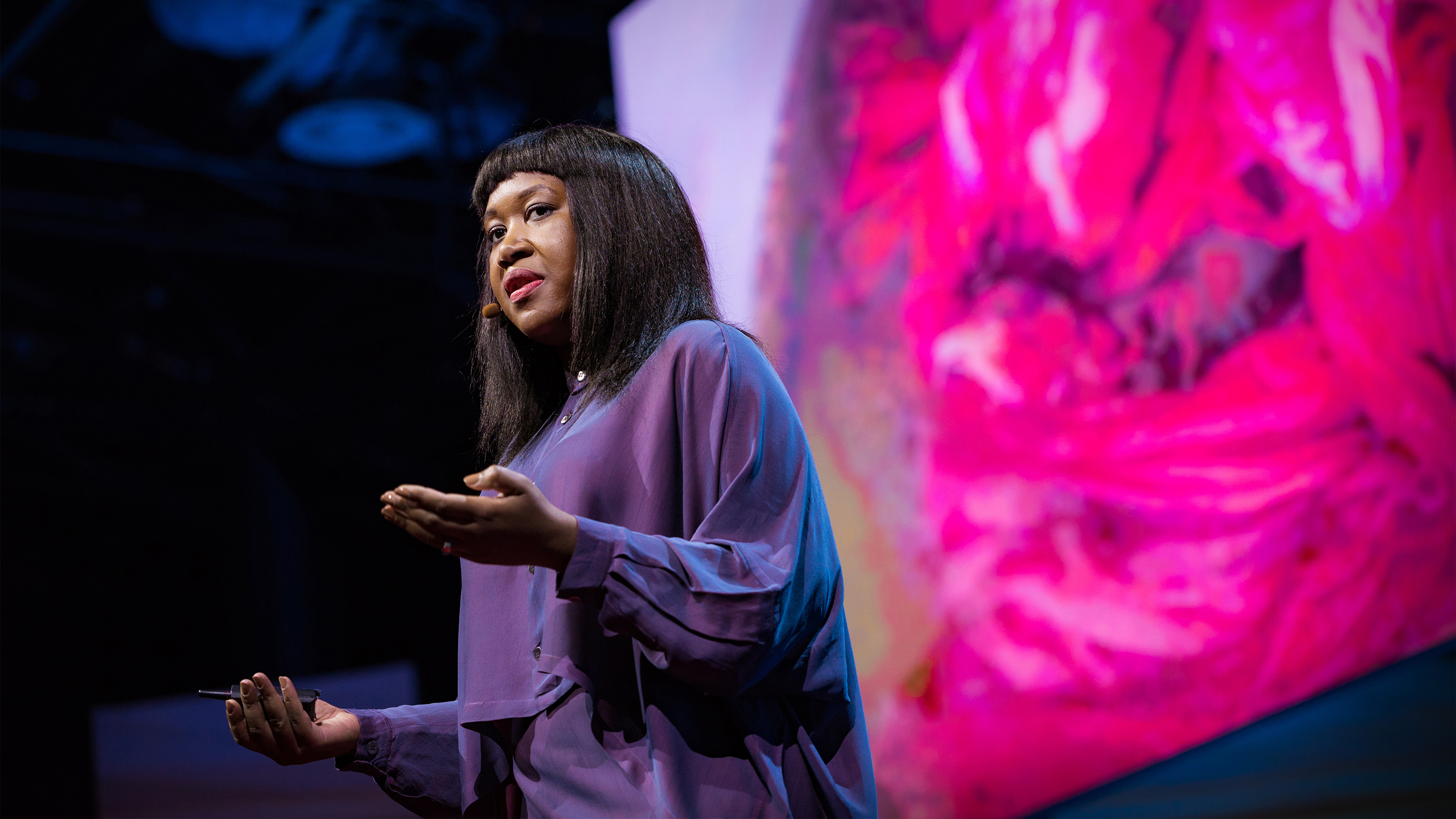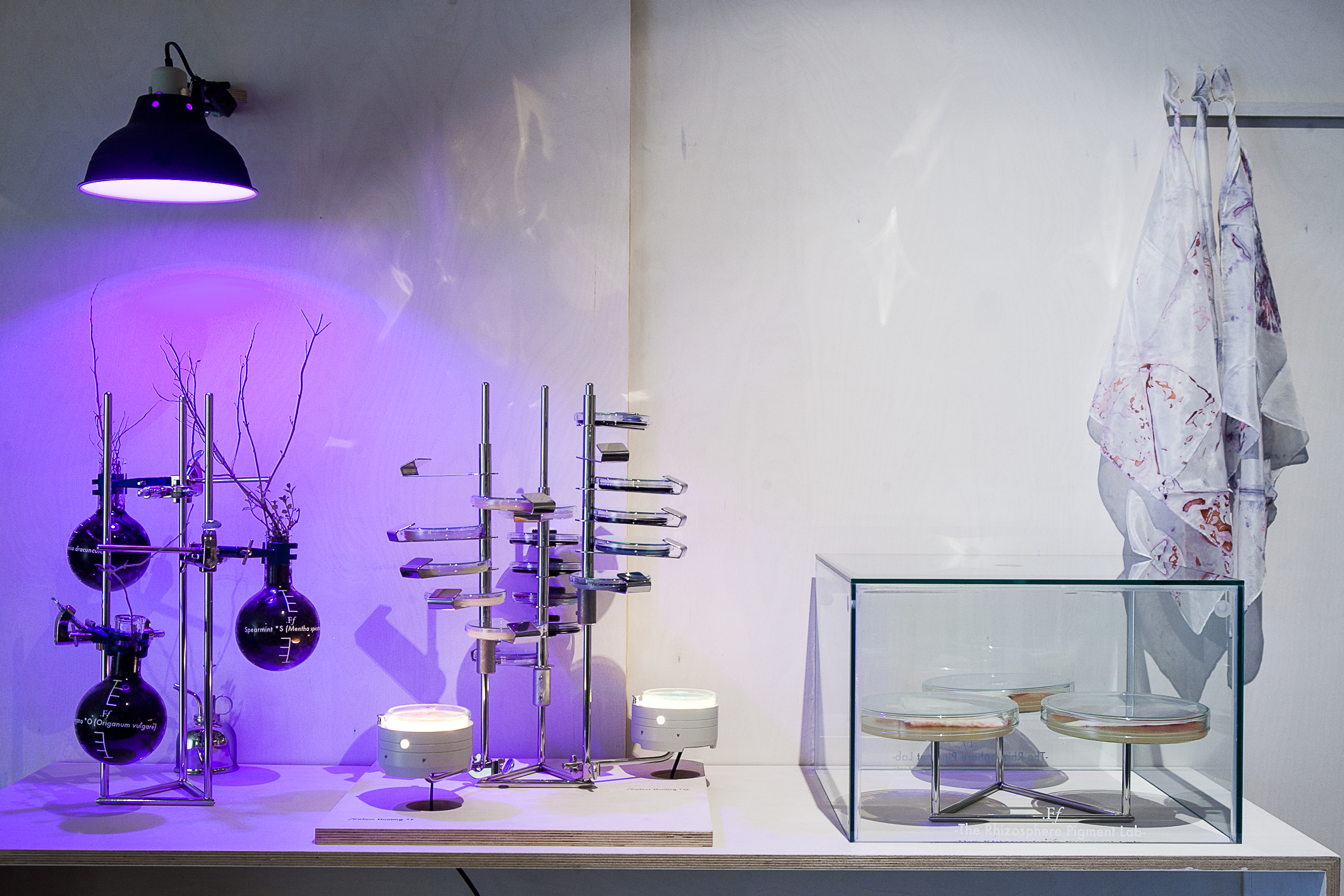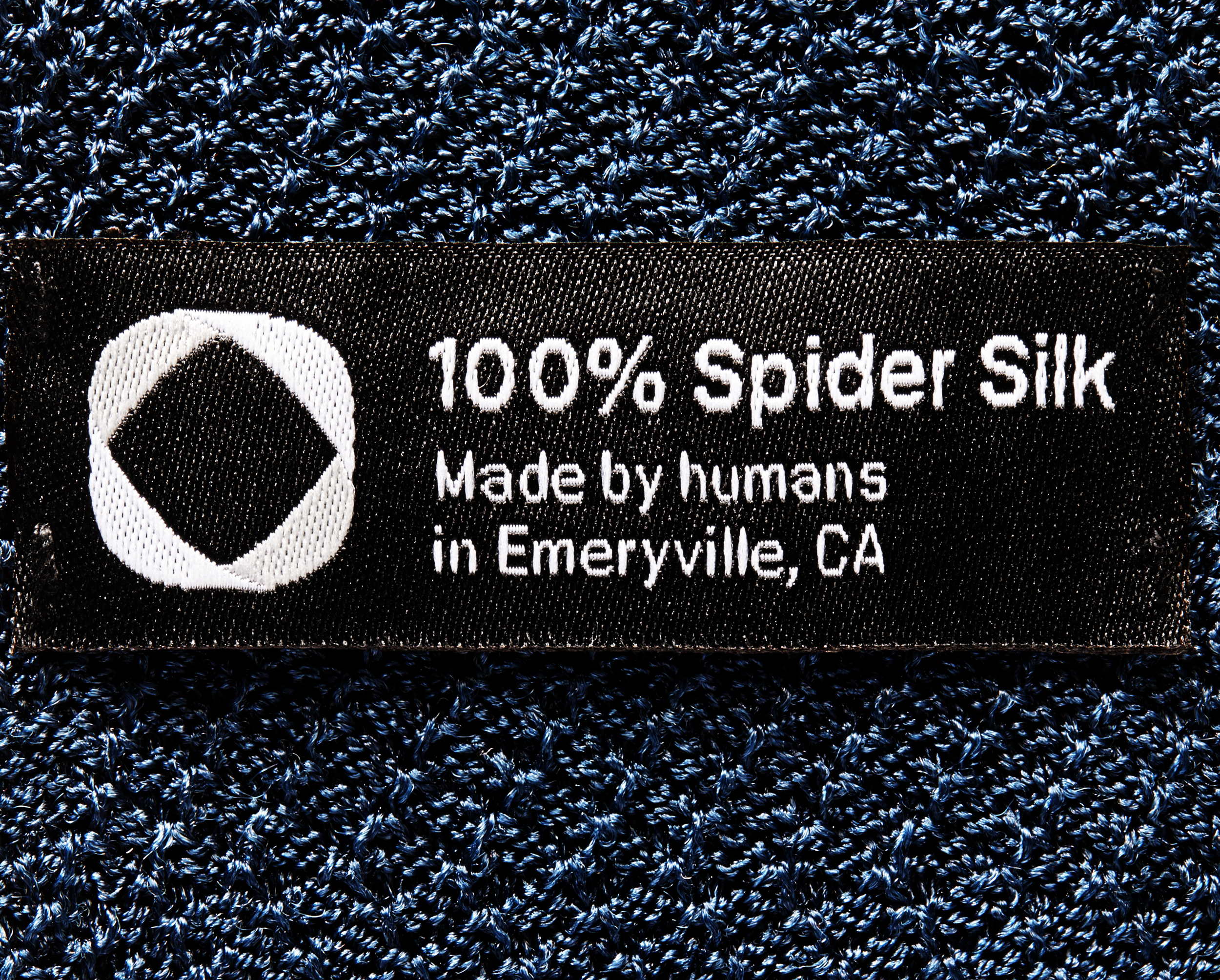Fashion Trends: Is it true bacteria could be used as alternative dye clothes?
 Industry Clothing ( photo : neraca.co.id)
Industry Clothing ( photo : neraca.co.id)
Industry clothes certainly not will free from waste production. One of the problems serious is waste coloring agents. The amount of ingredients hazardous chemicals contained in waste that is could damage the ecosystem especially water. Moreover, the direct disposal process to the river or channel disposal. “There is a joke in China that a You could give know color ‘ season ‘ with look color river,” Orsola de Castrocan, a designer fashion, say in a documentary RiverBlue 2017.
 Natsai Audrey Chieza (photo: ted.com)
Natsai Audrey Chieza (photo: ted.com)
Natsai Audrey Chieza, one designer and founder from Faber Futures; an R & D studio that creates materials inspired in a manner biologically, ever stated that through biology we could think about back How to produce clothes to on question ‘ where waste that thrown away? ‘
 Faber Futures, R & D studio Natsai Audrey Chieza (photo: digicult.it)
Faber Futures, R & D studio Natsai Audrey Chieza (photo: digicult.it)
In his laboratory, women are familiar greeted Chieza this researching various kinds of bacteria, wrong the other is Streptomyces coelicolor. This bacterium has a uniqueness, that is, in 1 week of its life, this bacterium is able to produce color pigments based on the pH level or the acidity of the surrounding environment. This inspired Chieza to program these microorganisms so they can produce certain colors. The pigments produced are natural compounds that can be decomposed by nature. This innovative process not only reduces waste, but also needs water, land, and pesticides, when compared to other natural dyes. Even so, the designers are still trying to design a closed cycle so there is no need to throw waste into the water. Laura Lucthman and Ilfa Siebenhaar from Living Color, laboratories in the Netherlands who also research pigment-producing bacteria, say that the remaining pigments can be used for other products that require fewer saturated pigments. They have created technology that is currently still under development and testing to be used on a large scale.
 Technology cycle without waste belongs to Deycoo (photo: circulary.eu)
Technology cycle without waste belongs to Deycoo (photo: circulary.eu)
With the technology currently in use, the industry is beginning to experience problems using chemicals, solvents, and a large amount of water. This prompted DyeCoo, a Dutch textile company, to replace water with CO 2 in a cycle without waste. Another company named Faber Futures has also worked with other brands to test microbial use in the industry. Chieza said that talks about the use of biology in the world of manufacturing have been done for a long time. One of the difficulties in developing this environmentally friendly technology is that the clothing industry tends to focus on finding the cheapest process so that the long-term view of new technology is less attractive. Even if the companies support and invest in technology development, they not only become clothing manufacturers, but also technology companies.
 Bolt Threads (photo: amberoot.com)
Bolt Threads (photo: amberoot.com)
Not only are bacteria engineered, other biological components such as algae, animal cells, and fungi can also be integrated into the garment industry process. Some companies have created several innovations, such as the Modern Meadow use collagen in the lab to make skin, or Bolt Threads that using mycelium, mushroom, and spider silk fermented to make skin.
Chieza said that the development of biological engineering technology was interesting, especially that we could already design something up to the molecular scale. This certainly can change and shorten the industrial processes that have so far been running. Therefore, it is important for companies to re-think the series of manufacturing processes so that technology has the potential to benefit producers, moreover the environment, can be built and applied as well as possible.
OTHER POST
- Perang Dagang AS - China
- GOOGLE X FOSSIL
- How to Recycle Your Waste
- A British Student Designing Clothing for Disabilities
- ASOS DESIGN X DISNEY THE LION KING
- Try Youtube's New Filter!
- Indonesian Fashion Designers
- Fashion Trends in Summer 2019
- 9 Hal yang Perlu Diperhatikan Brand Fashion agar Sukses di Masa Depan versi Mary Meeker